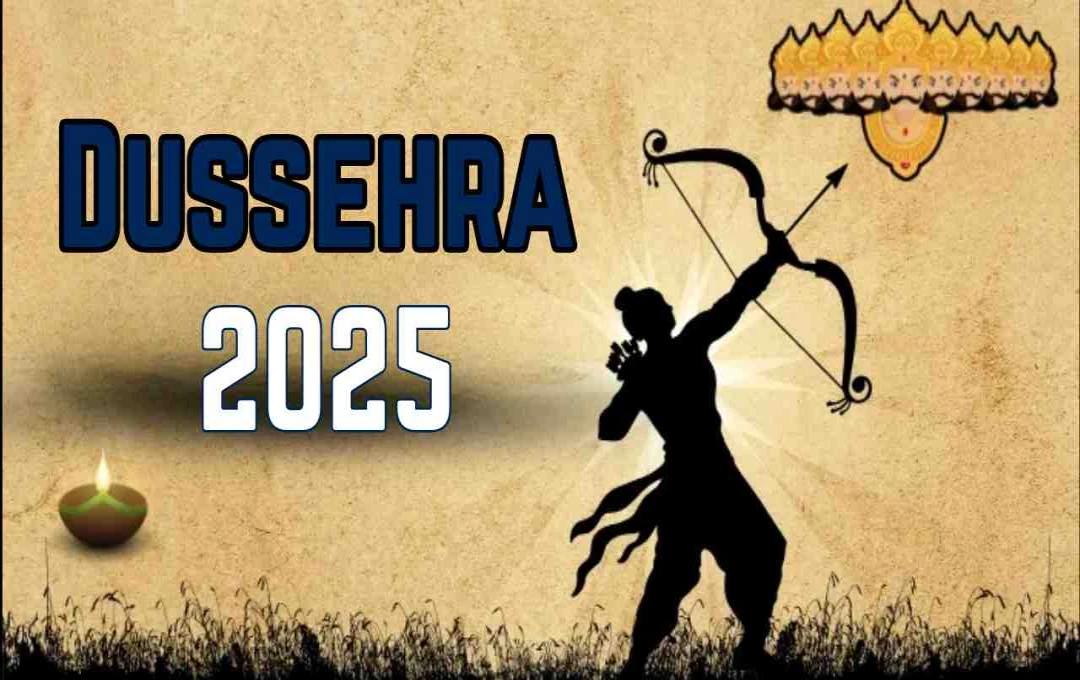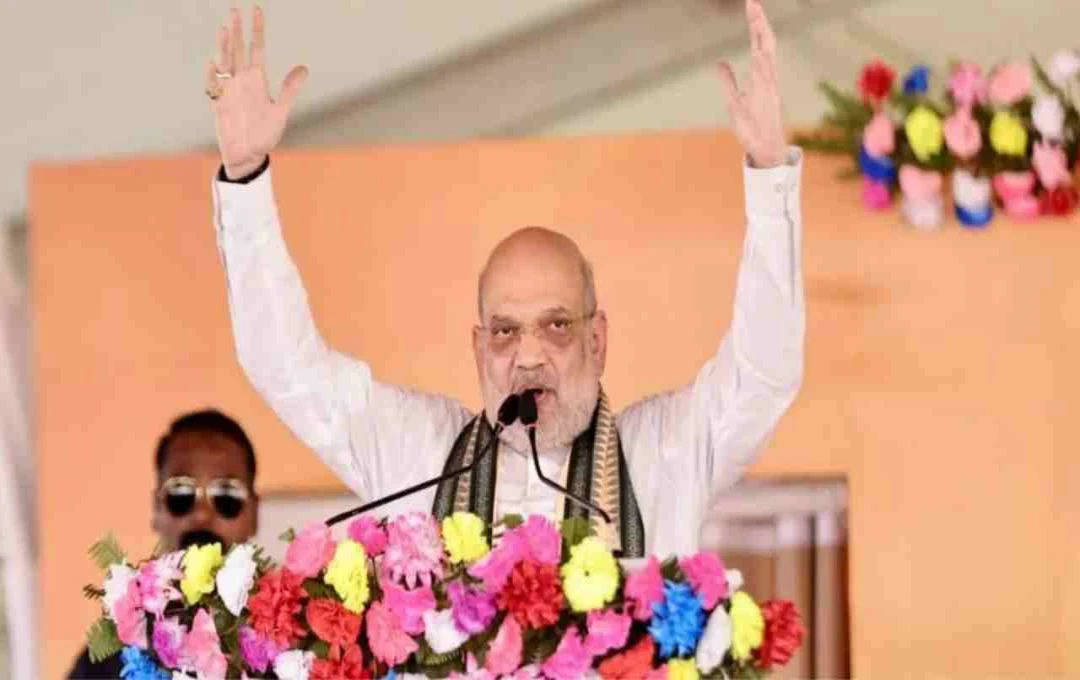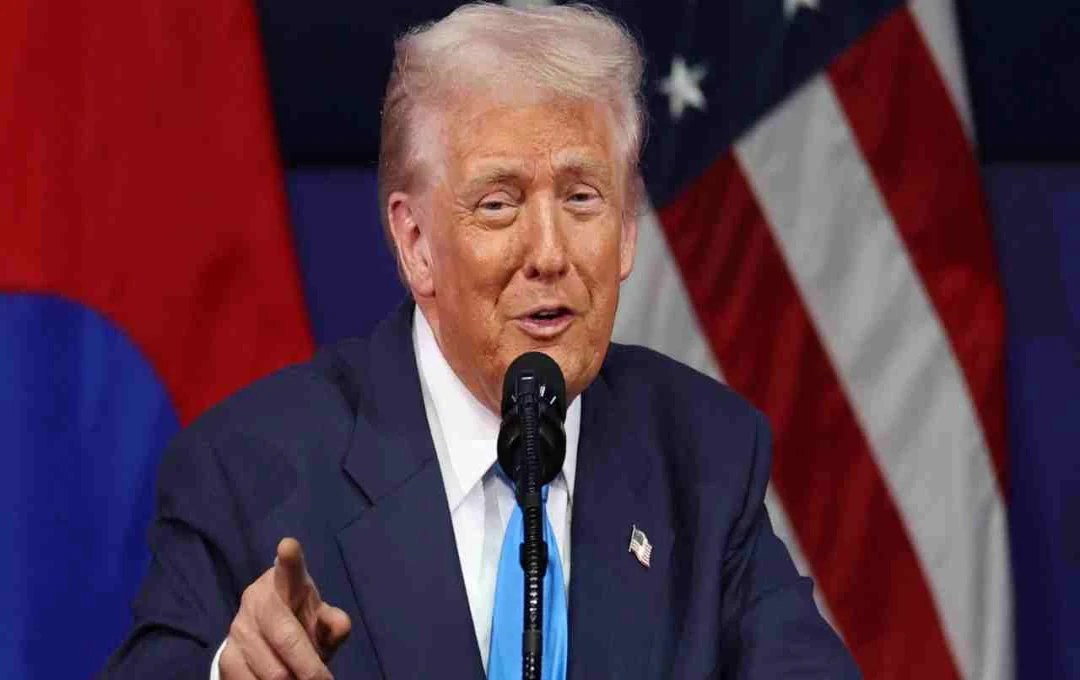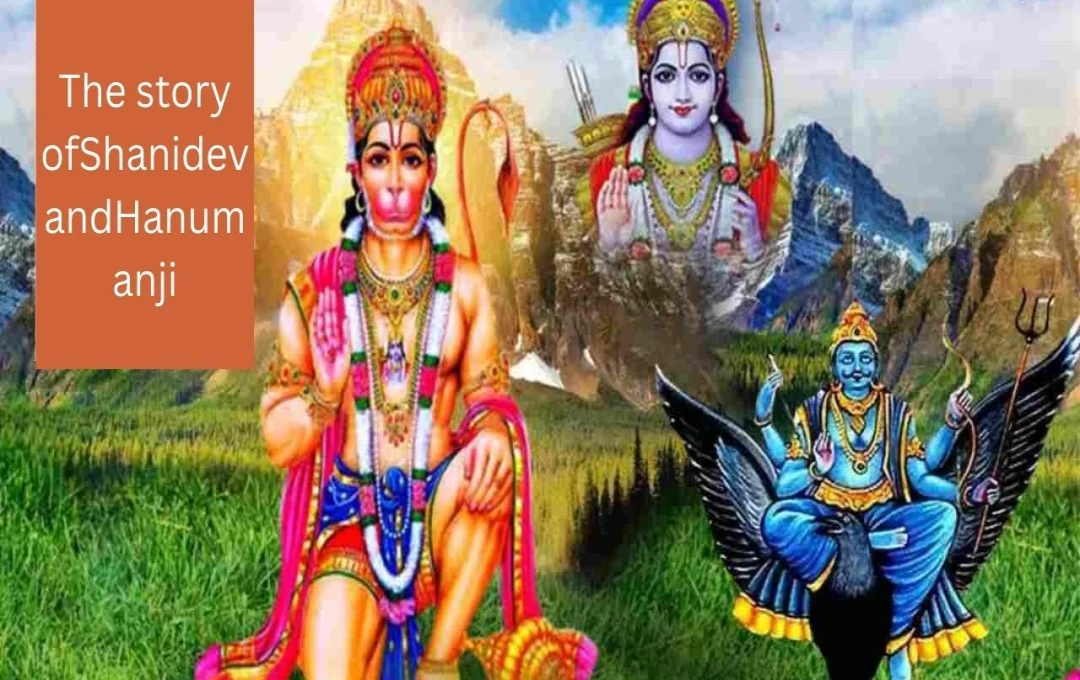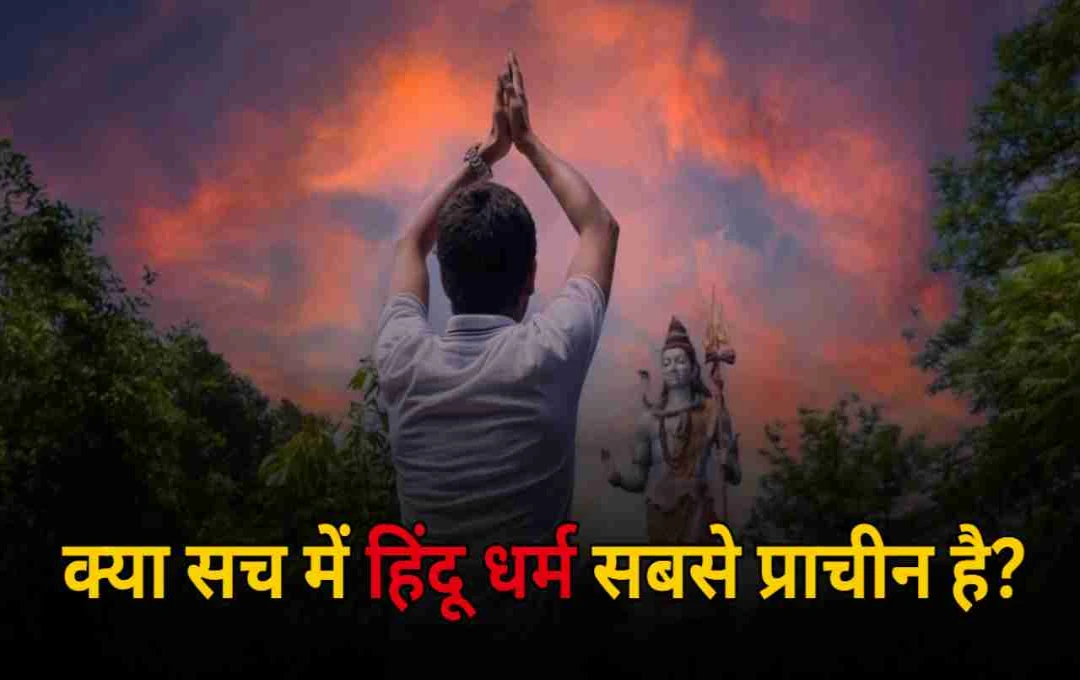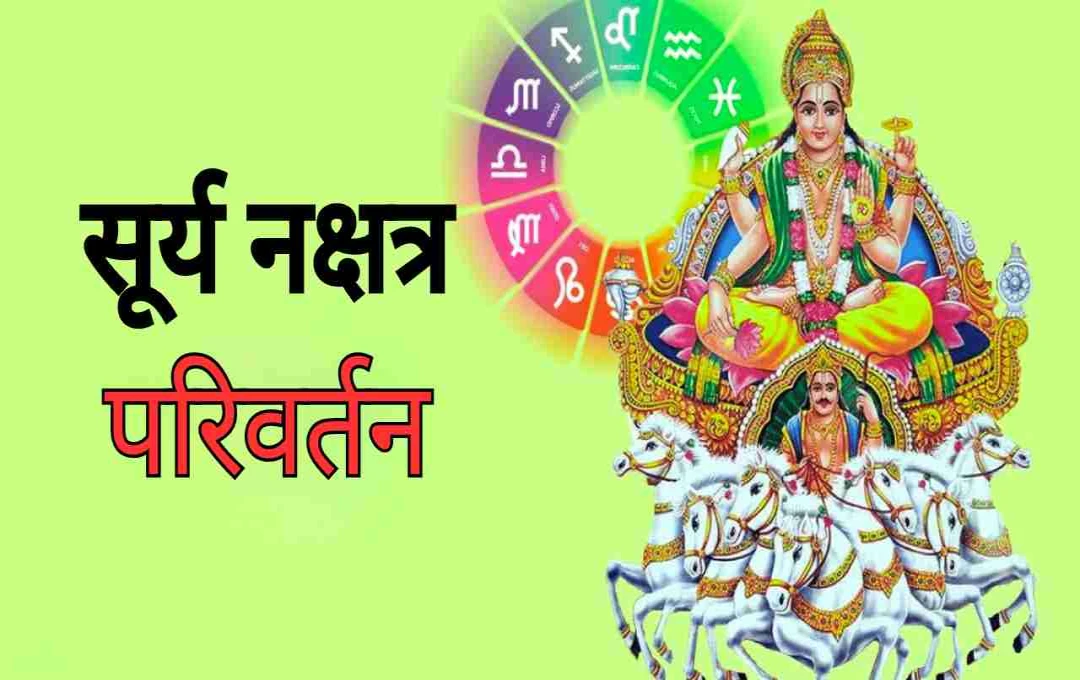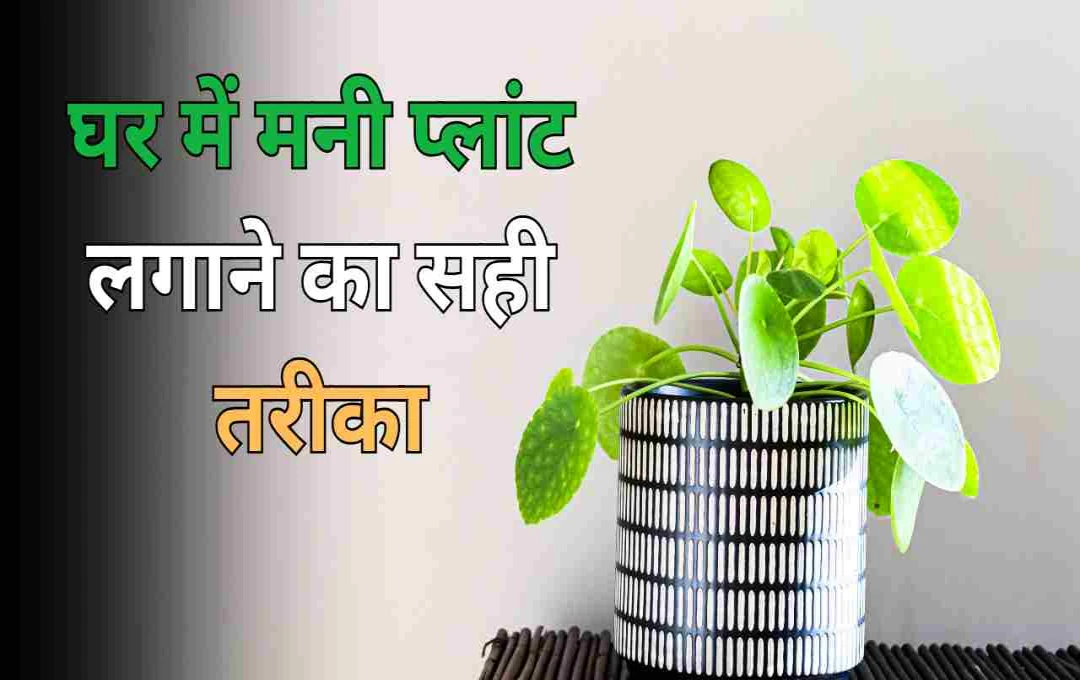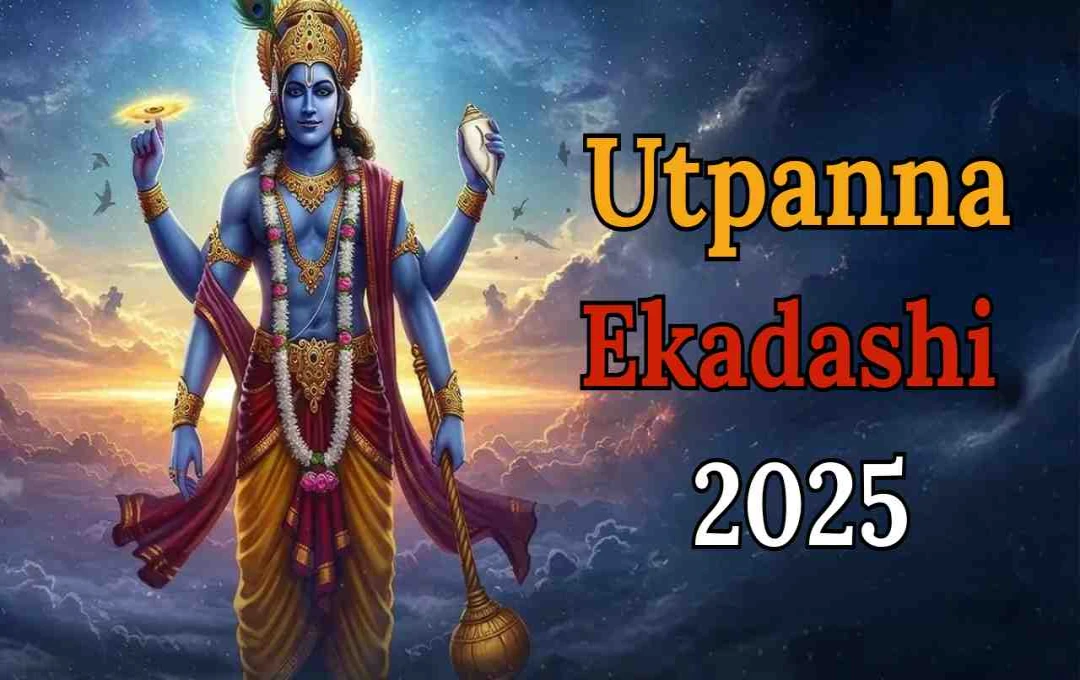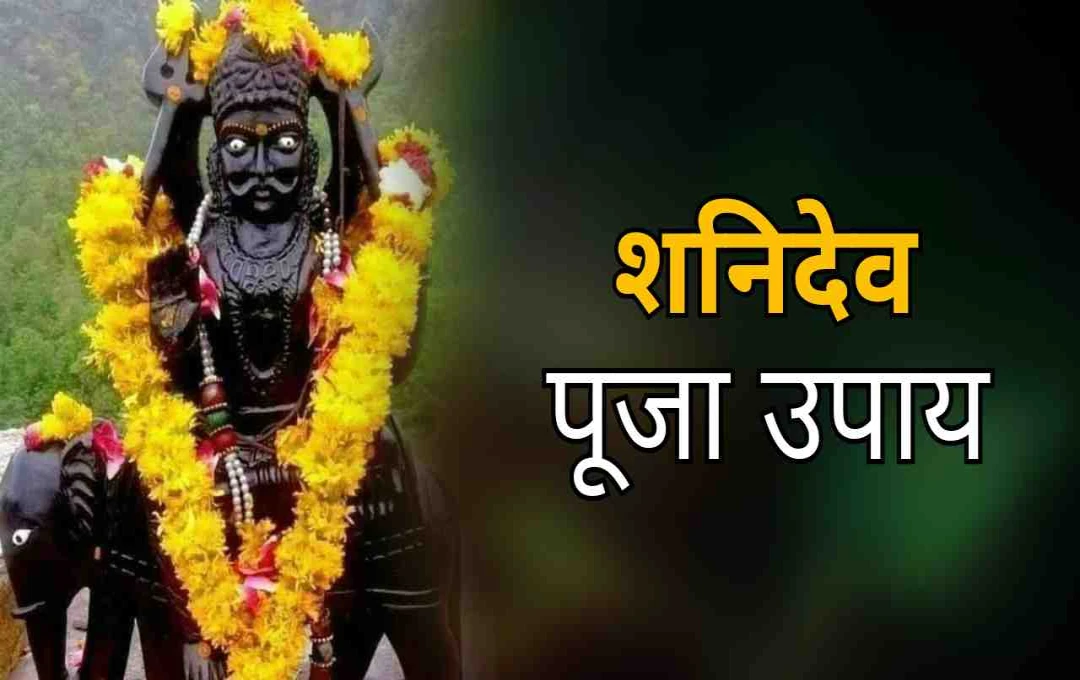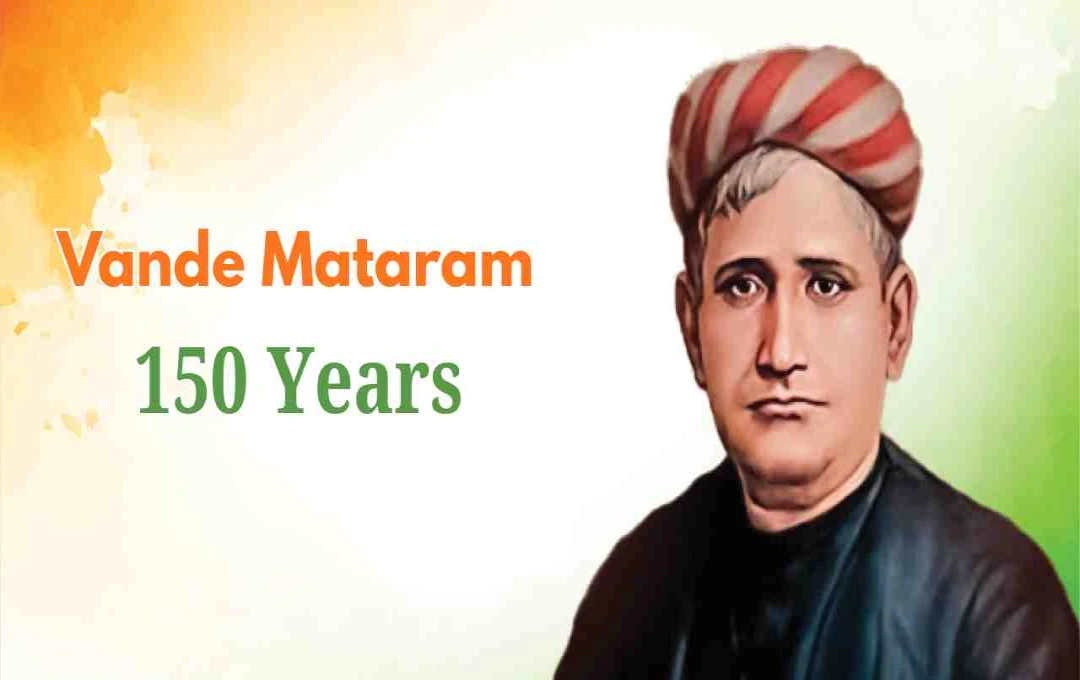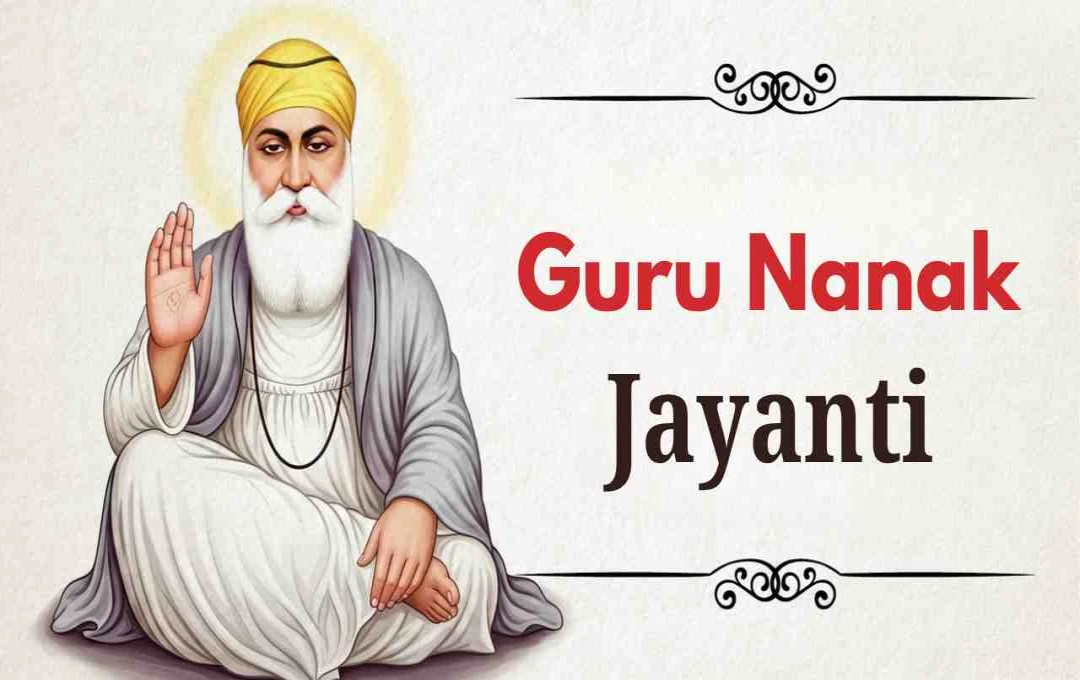Dussehra 2025 will be celebrated across India on October 2nd. This festival symbolizes Lord Rama's victory over Ravana and Goddess Durga's slaying of Mahishasura. With Ramleela, puja, idol immersion (visarjan), and auspicious timings (muhurat), this festival conveys a message of dharma (righteousness), truth, and victory, and is enthusiastically celebrated with various customs throughout the country.
Dussehra 2025: Following the conclusion of Navratri in the festive season, Dussehra will be celebrated in India on Thursday, October 2, 2025. On this day, Lord Rama achieved victory over Ravana, and Goddess Durga vanquished the demon Mahishasura. Ramleela performances, burning of Ravana effigies (Ravana Dahan), immersion of Maa Durga idols (Durga Visarjan), and local puja rituals will be organized across the country. This festival is not only religiously and culturally significant but also conveys a message of unity, joy, and virtue to families and society.
Dussehra 2025 Date and Muhurat
This year, Dussehra will be celebrated on Thursday, October 2, 2025. According to the Hindu calendar (Panchang), it falls on the tenth day of the bright fortnight (Shukla Paksha) of the Ashwin month. Special pujas and religious rituals are performed on this day, becoming the main attraction of the festivities following the conclusion of Navratri.
Main Muhurat (Auspicious Timings)
- Vijaya Muhurat: 02:09 PM to 02:56 PM
- Aparahna Puja Time: 01:21 PM to 03:44 PM
- Dashami Tithi Begins: October 1, 2025, 07:01 PM
- Dashami Tithi Ends: October 2, 2025, 07:10 PM
- Shravana Nakshatra Begins: October 2, 2025, 09:13 AM
- Shravana Nakshatra Ends: October 3, 2025, 09:34 AM
Customs Celebrated on Dussehra
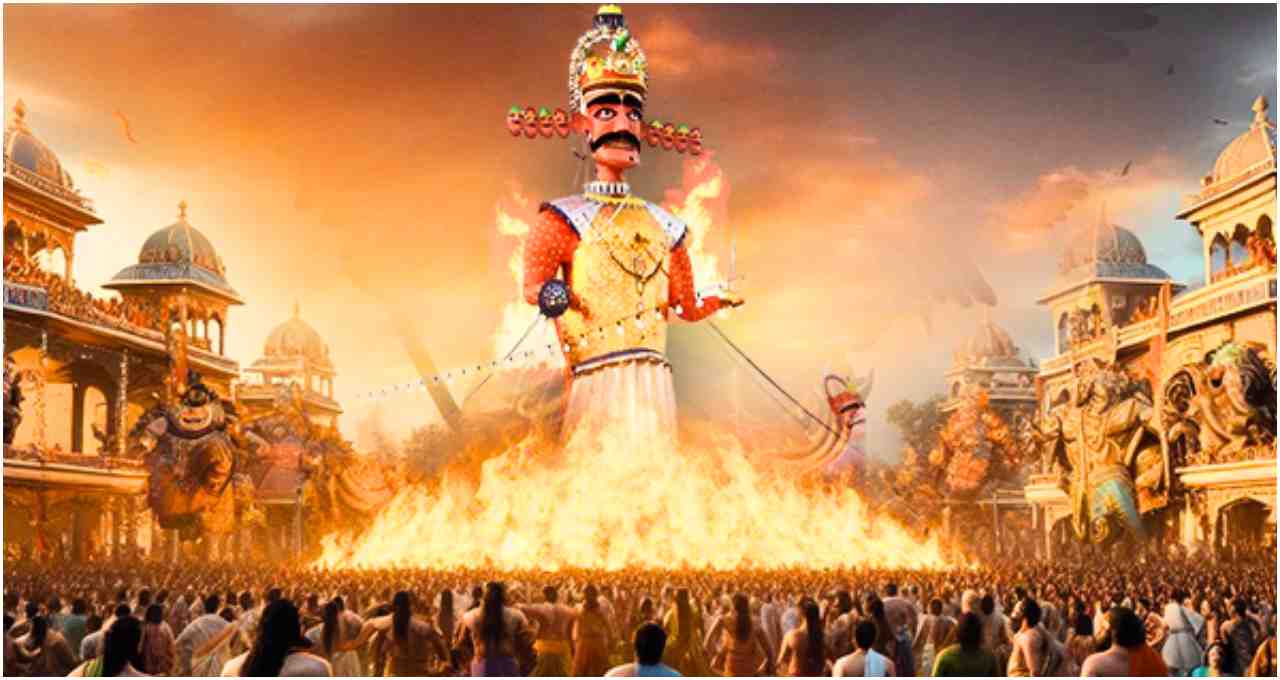
Dussehra is celebrated in various ways across India. In North India, Ramleela performances are organized, culminating in the burning of effigies of Ravana, Kumbhakarna, and Meghanada. This event vividly portrays the story of Lord Rama's victory over Ravana, enhancing enthusiasm and religious sentiment among people.
In Bengal and Northeast India, on the day of Dashami, idols of Maa Durga are immersed. This immersion is not only part of a religious ritual but also becomes a major attraction of local culture and festivities. People bid a final farewell to the idol of Mother Durga and prepare for her worship the next time.
In South India, there is a tradition of worshipping weapons, tools, and books on this day. In many places, people bless their vehicles, tools, and arms by worshipping them. In Maharashtra and Gujarat, special importance is given to the worship of the Shami tree and Goddess "Aparajita." Through these customs, people wish for success, prosperity, and protection in their homes and lives.
Why is Dussehra Celebrated?
Lord Rama slayed Ravana on the Dashami Tithi of Ashwin Shukla Paksha, which is why it is celebrated as Dussehra. Similarly, Goddess Durga vanquished the demon Mahishasura on this very occasion, hence it is also known as Vijayadashami. This festival is considered a symbol of dharma (righteousness), truth, and victory.
Dussehra is not merely a festival of religious significance; it is also important from a social and cultural perspective. It inspires people to follow the path of virtue, truth, and righteousness. This festive occasion emerges as a symbol of unity, joy, and enthusiasm across the country.
Special Activities During the Festival
Fairs and cultural programs are organized at various locations during Dussehra. In many cities, Ramleela performances are specifically staged, presenting the stories of the Ramayana in a vibrant and colorful manner. Additionally, a festive shopping atmosphere is observed in markets during this time. People shop with their families, buying sweets and decorative items.
During the festival, special pujas, havan (fire rituals), and religious ceremonies are also performed. The Vijaya Muhurat and Aparahna Puja timings serve as a guide for all devotees to perform their worship at the correct time and receive blessings.
Dussehra for Children and Youth
Dussehra holds special significance for children and youth as well. Ramleela performances and the burning of effigies impart moral education through stories of dharma and victory. Furthermore, it connects them to social and cultural traditions.
Diverse Hues and Traditions Across the Country
The ways Dussehra is celebrated vary across different parts of India. In North India, Ravana Dahan (burning of Ravana effigies) is the main attraction, while in Bengal and the Northeast, the focus remains on Maa Durga Visarjan (immersion). In South India, success and protection are sought through the worship of weapons and books. In Maharashtra and Gujarat, the worship of the Shami tree and Goddess Aparajita holds increased importance. This diversity demonstrates that Dussehra is not merely a religious festival but a part of the entire country's cultural heritage.
